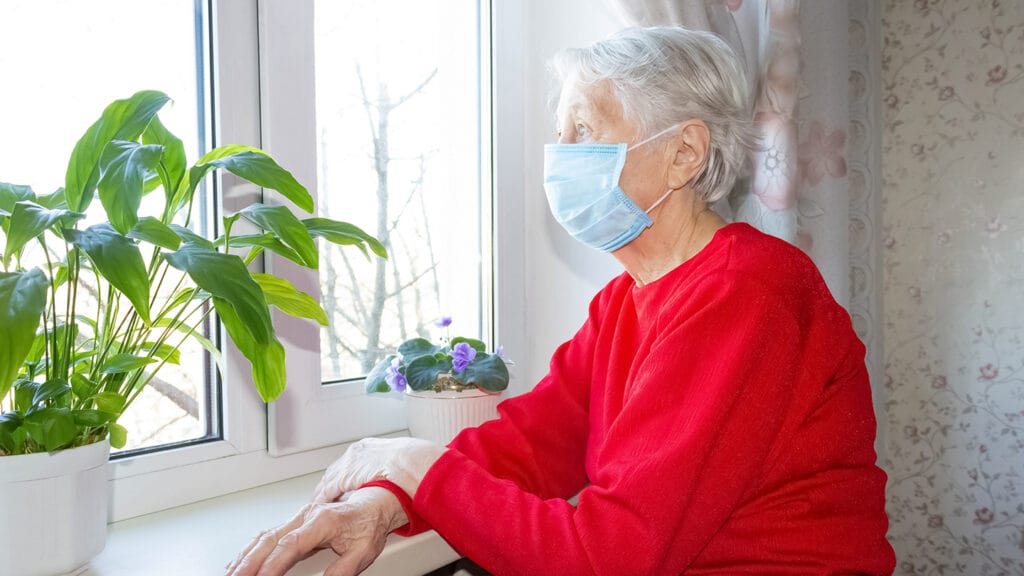
Patients receiving home infusion therapy (HIT) could be at greater risk of infection, according to a study released Thursday in the American Journal of Infection Control.
Researchers at Johns Hopkins University found HIT staff receive no formal training on how to perform central line-associated bloodstream infection (CLABSI) surveillance and identified specific barriers that should be addressed to improve infection surveillance and control.
“These findings illustrate that there is a great need for infection prevention personnel and expertise in HIT,” Patricia Jackson, president of the Association of Professional Infection Control and Epidemiology, said in a statement. “This information should prompt a concerted effort to implement formal infection prevention and surveillance training for HIT staff, including the development and deployment of training tools specific to the HIT setting.”
APIC said infection prevention and surveillance training have not been well-defined in home infusion settings, and most agencies don’t employ dedicated, trained infection staff. The association also said agencies often don’t dedicate funding to surveillance for infections because reporting for healthcare-associated infections due to HIT isn’t mandated.
Through HIT, medications are administered to patients through a catheter. Central line-associated bloodstream infections (CLABSIs) occur when bacteria enter the bloodstream through central line catheters. CLABSIs result in thousands of deaths annually and cost the U.S healthcare billions, according to the CDC.



